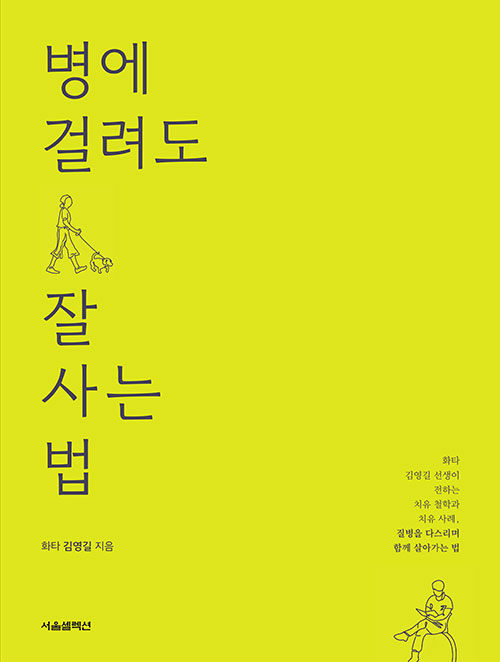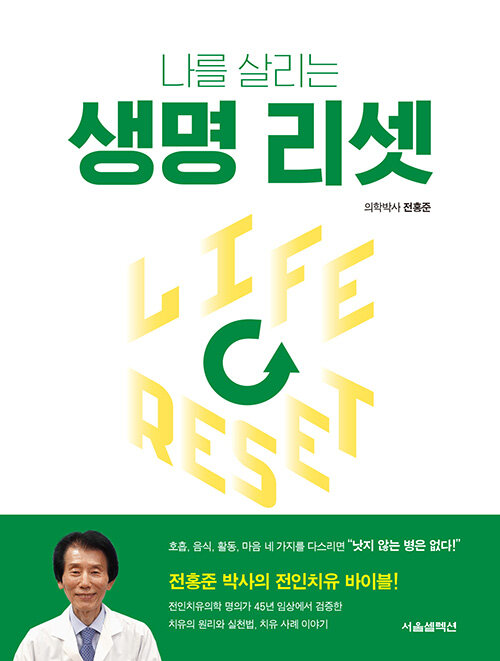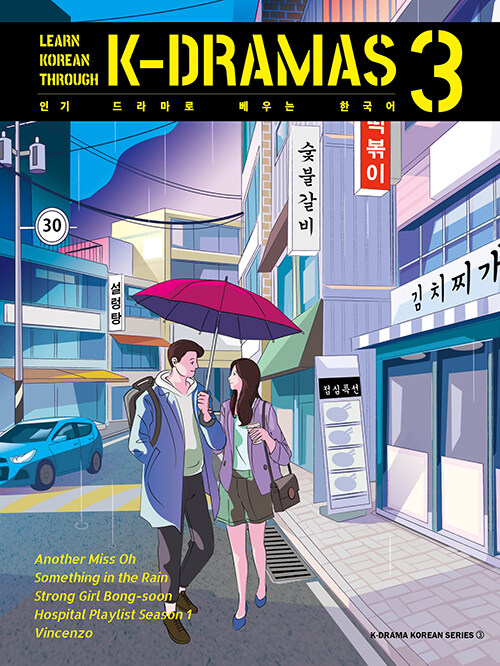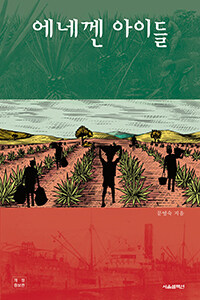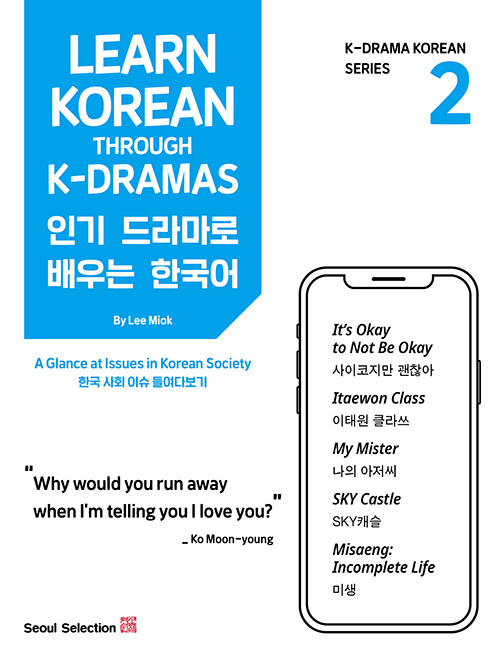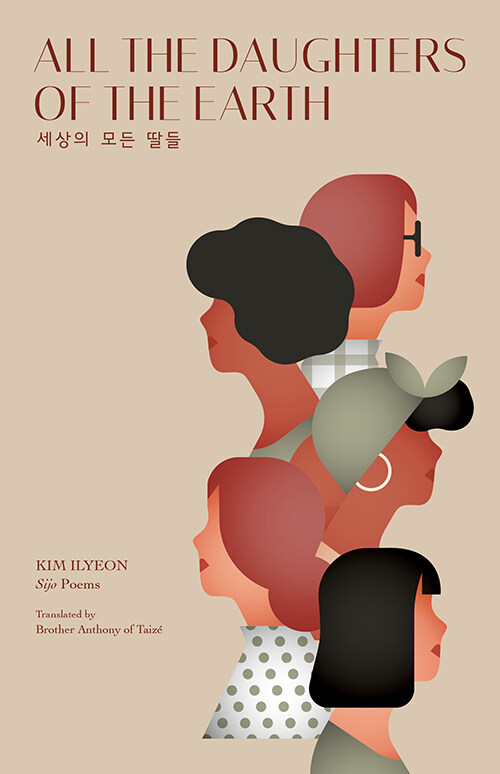
세상의 모든 딸들
정가 : 12,000 원
작가명 : 김일연 (지은이), 안선재 (옮긴이)
출판사 : 서울셀렉션
출간일 : 2023-04-12
ISBN : 9781624121524 / 1624121527
구매처
책 소개
세상의 모든 딸들
괜찮다고 말하지만 괜찮지 않은 너와 나, 우리가 안고 사는 우울. 그리고 그 감정이 가져온 마음의 병 우울증. 화제의 채널
김일연 시인의 첫 영한대역 시조선집
가장 오래되고 새로운, 가장 한국적이면서도 보편적인 성찰
김일연 시인은 1980년 등단 이후 40여년 동안 2~4년 간격으로 시조집을 꾸준히 출간한 한국시조시단의 큰 기둥이다.
처음으로 영어로 번역한 영한대역 시집 [세상의 모든 딸들]에서는 특히 시인 자신의 부모님과 외국에 거주하고 있는 딸에 대한 작품들을 1부에 배치함으로써 인류의 보편적 정서인 가족애를 소재로 해외 독자들과의 소통을 시도하고 있다.
시인은 이전 작품집에서와 마찬가지로 사물과 삶에 대한 자신의 독특한 해석을 섬세하고 따뜻한 톤 앤 매너로 그리고 있다.
시조라는 한국의 전통적인 정형시의 틀을 지켜내면서도 오히려 자유롭고 현대적으로 표현된 작품 66편이 실려 있다.
The first-ever dual-language collection of sijo poems by Kim Ilyeon in Korean and English
Reflections that are incomparably old and new, Korean and universal
Since the beginning of her writing career in 1980, Kim Ilyeon has published collections of sijo poetry every two to four years, for over four decades thus cementing herself as one of the most pivotal figures working in the genre. All the Daughters of the Earth, her first dual-language poetry collection featuring her original Korean sijo alongside their English translations, devotes its first section to verses about Kim’s parents and her daughter who lives overseas. This emphasis on universal human sentiments of familial love is an attempt to connect with readers in other countries. As in her past collections, Kim uses a delicate and warm tone to offer her own unique interpretations of objects and life. While her work stays true to the traditional sijo framework, the 66 poems in this collection are also presented in free and contemporary ways.
시조의 형식에 담아낸 깊고 너른 인간의 삶
『세상의 모든 딸들』은 1980년 등단한 이래 9권의 시조집을 펴낸 김일연 시인이, ‘가족’이라는 큰 주제 곁에 현대인의 보편적 삶과 오랜 공동체의 삶을 나란히 위치시키며 풀어나간 시조 선집이다. 작품 활동뿐만 아니라 유튜브 등을 통해서 시조를 알리는 데 진력해온 시인답게 이번 시집은 국영문 대역판으로 출간하여 해외 독자들도 시조를 만날 수 있도록 하였다.
이 시집의 시들은 시조 고유의 형식미라 할 리듬감, 즉 운율(율격)을 엄정히 지키면서도 현대의 삶과 보편적인 인간의 삶을 그려내는 데 성공하고 있다. 작품 해설을 쓴 류미야 시인의 말을 빌리면 “그것은 시인이 자신의 시정(詩情)은 물론, 타인의 고통과 세계의 이면에 대해 열린 마음과 상상력을 발휘하는 데 주저하지 않는 까닭”이다. 가장 한국적이면서도 보편적이고 근원적인 인간의 삶을 담은 이 시집의 시들을 읽어 내려가는 동안 독자들은 끊임없이 파도에 젖는 해변처럼 어느새 공감과 감동의 물결에 내내 마음을 적시게 될 것이다.
Capturing the breadth and depth of human existence in the sijo form
All the Daughters of the Earth is a collection of sijo poems by Kim Ilyeon, a poet who has published nine sijo collections since making her literary debut in 1980. In this collection, she juxtaposes the larger theme of “family” with the universal experience of contemporary lives and existence in long-standing communities. Fittingly enough for someone who has dedicated herself not only to creative activities but also to raising awareness of sijo through YouTube and other media, the collection is presented in both the original Korean and the English translation in an effort to bring sijo to a wider audience.
The poems here succeed in representing contemporary lives and the universality of human experience while adhering strictly to the rhythm that is one of the sijo genre’s defining features. In the words of fellow poet Ryu Mi-ya, who contributes her own interpretation of the work, this can be traced to the ways in which the poet “displays her own poetic sense, and at the same time does not hesitate to show an open mind in imagining the suffering of others and the hidden aspects of the world.” As they read through poems reflecting human lives that are at once universal, fundamental, and specific to the Korean experience, readers experience emotion and communion as if they were waves washing endlessly over a beach.
유려하고도 명징한 언어를 통해 보여주는 서정과 사유의 극점
시인은 생의 속성을 짧은 한 편의 시 속에 놀랍도록 선명하게 그려내고(「백합의 노래」), ‘사랑의 배후가 되는 사랑’, ‘모든 사랑의 근원’인 모성과 어머니에 대한 그리움을 노래한다(「별」, 「딸」, 「뉴욕에 있는 딸에게」). 아울러 공동체적 삶의 과거와 현재에 대한 성찰을 드러내며(「토끼풀 여린 한 잎」, 「콜라를 마시며」, 「물」), 한국의 고유문화나 현대적 도시의 삶을 그리면서(「아리랑 변주」, 「서울 예수」, 「옷가게에서」, 「이모식당에서」) 자연과 생명, 지구적인 삶을 돌아본다(「몽골 후기」, 「서(西)고비의 향초」, 「친환경 레시피」). 이렇듯 김일연 시인은 시조라는 문학적 관습의 강력한 제약 속에서도 유려하고도 명징한 언어를 통해 활달한 서정과 사유의 극점을 보여준다.
오늘의 한류의 뿌리에는 한국어의 정체성을 그 안에 담고 한국인의 맥박 속에서 함께 두근거려온 시조가 있다. 바로 그 시조를 일생의 과업으로 삼고 아름다운 노래의 꽃을 피워온 김일연의 시조에는 예술가의 혼과 사랑이 깃들어 있다. 이제 세계인들이 그 가장 오래되고 가장 새로운 노래, 가장 한국적이면서도 모두의 마음을 울려줄 ‘시조’와 만날 차례다.
The quintessence of lyricism and reflection in language that is elegant and lucid
Kim Ilyeon captures the qualities of life with astonishing vividness in a single poem (“Song of a Clam”) and expresses her longing for her mother and for motherhood as the love behind all love and the origin of love (“A Star,” “A Daughter,” “To My Daughter in New York”). She shares reflections on the past and present of community life (“One Soft Clover Leaf,” “Drinking Cola,” “Water”), sketches images of Korea’s culture and life in its contemporary cities (“Arirang Variations,” “Seoul Jesus,” “In a Clothes Store,” “At Auntie’s Restaurant”), and reflects on the global experience and the connections of nature and life (“Epilogue in Mongolia,” “Fragrant Herbs in the Western Gobi,” “Eco-friendly Recipe”). Working within the close constraints of sijo conventions, Kim shows the quintessence of lyrics and reflection in language that is elegant and lucid.
The linguistic identity of Korean is reflected in today’s Korean Wave, with the sijo genre being a living, beating part of the Korean pulse. As a poet, Kim Ilyeon made it her life’s work to give this genre expression in beautiful songs that harbor the artist’s soul and love. Now it is time for the rest of the world to encounter sijo as a genre that is both incomparably old and new, profoundly Korean and resonant to each and every heart.
저자 소개
김일연 (지은이)
1955년 대한민국 경상북도 대구에서 태어났다. 경북대학교 사범대학 국어교육과를 졸업하고 중등학교 교사가 되었다가 대구 매일신문사에서 기자로 일했다. 1980년 『시조문학』지에 추천완료하고 시조시인이 되었다. 시조집으로 『빈들의 집』 『서역 가는 길』 『저 혼자 꽃 필 때에』 『달집 태우기』 『명창』 『엎드려 별을 보다』 『꽃벼랑』 『너와 보낸 봄날』 『깨끗한 절정』이 있고, 동화집으로 『하늘발자국』이 있다.
한국시조작품상, 이영도 시조문학상, 유심작품상, 고산문학대상 등을 수상했다.
국내외에 시조를 알리는 작업으로 [시조튜브]를 개국하여 운영하고 있다.
Kim Ilyeon was born in 1955 in Daegu, Gyeongsangbuk-do, Korea.
After graduating from the College of Education at Kyungpook National University, she worked as a middle school teacher and later as a reporter for Maeil Shinmun, a daily newspaper based in Daegu.
Having published poems from the age of 15, Kim became a sijo (a form of Korean traditional poetry) poet after being introduced in the journal, Sijo munhak (Sijo Literature), in 1980. Her books include sijo collections such as The House on the Empty Field, The Road to the Western Regions, When the Flowers Bloom on Their Own, Burning the Moon House, Master Singer, Watching the Stars While Lying on My Belly, Flower Precipice, A Spring Day Spent with You, and A Clean Climax, and her children’s storybook, Footprints in the Sky.
She has won a number of awards including the Yusim Literature Prize and the Gosan Literary Award. As part of an effort to promote sijo in and outside Korea, she founded and is running a YouTube channel called Sijo-Tube.
안선재 (옮긴이)
1942년 영국에서 태어나 옥스퍼드 대학에서 공부한 후 1969년에 프랑스 Taiz�








